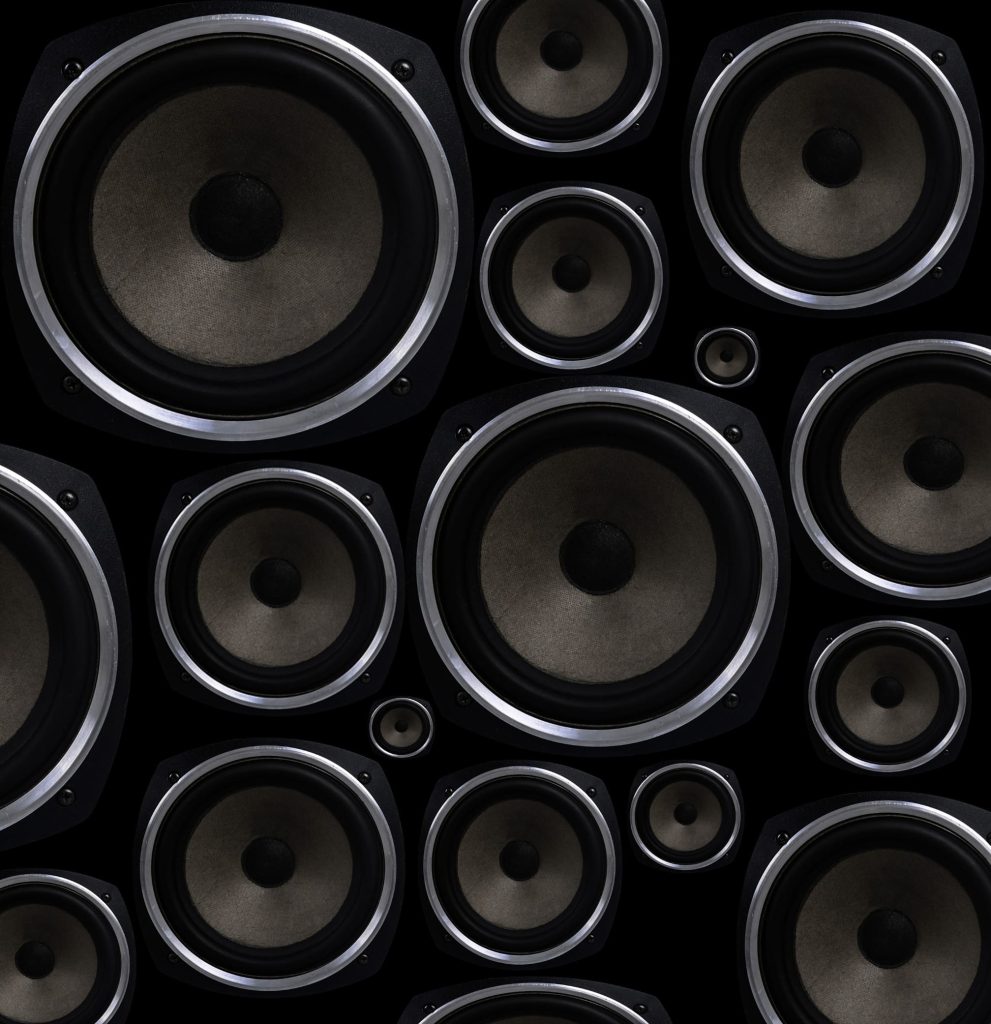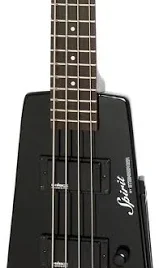Bass Guitar Speaker Cabinets: Powerful Sound
When it comes to achieving that deep, punchy sound that makes your bass guitar resonate through the room, nothing plays a more important role than your bass guitar speaker cabinets. Whether you’re gigging at local venues or practicing in your garage, the right cabinet can be the key to getting that perfect tone. In this guide, we will walk through everything you need to know about bass guitar speaker cabinets, from types to brands, and how to choose the best one for your sound.
What are Bass Guitar Speaker Cabinets?
A bass guitar speaker cabinet is simply the enclosure that houses the speakers connected to your bass amp. These cabinets are responsible for converting the electrical signal from your amp into sound waves, amplifying the bass frequencies and giving you that booming, low-end sound bassists love. Whether you’re playing in a small studio or a large outdoor stage, the cabinet you choose will dramatically impact the sound quality and projection.
Importance of Choosing the Right Cabinet
Choosing the right cabinet can make or break your sound. You might have the best bass guitar and amplifier on the market, but without the right speaker cabinet, you won’t be able to tap into the full potential of your rig. Factors like the size of the speakers, the material of the cabinet, and even whether the cabinet is sealed or ported all play a huge role in shaping your tone.
Types of Bass Guitar Speaker Cabinets
There are a few different types of bass guitar cabinets to choose from, and each one has its own strengths depending on what you’re looking for in terms of sound and portability.
Combo Cabinets
Combo cabinets combine the amplifier and the speaker cabinet in one unit. These are great if you’re looking for a more portable, all-in-one solution. They’re also easier to set up for practice or small gigs, but they may not offer the same power or tonal flexibility as a separate cabinet and amp setup.
Separate Cabinets
Separate cabinets, as the name suggests, are individual speaker enclosures that need to be paired with an external amplifier. These cabinets give you more control over your sound, and they tend to offer better performance and power for larger venues.
Ported vs Sealed Cabinets
A ported cabinet has an opening, or “port,” which helps to enhance the low-end response of your bass. This means you get deeper, more resonant bass sounds. Sealed cabinets, on the other hand, have no ports and provide a tighter, more focused sound. While ported cabinets are great for large, open venues, sealed cabinets are preferred for tighter, punchier bass in studio settings.
Speaker Sizes and Their Impact on Sound
The size of the speaker plays a huge role in shaping the tone and projection of your sound. Let’s break down the most common speaker sizes and how they affect your bass tone.
8-Inch Speakers
These are the smallest you’ll likely find in a bass cabinet. They’re great for practice setups or if you’re looking for an ultra-compact rig. While they don’t push as much air as larger speakers, they offer a tight, clear sound, which can be useful in certain genres.
10-Inch Speakers
10-inch speakers are a popular choice among bassists. They offer a great balance between punch and depth, making them versatile for many types of music. Plus, they’re often found in multiple-speaker cabinets like 2×10 or 4×10 configurations.
12-Inch Speakers
12-inch speakers bring more depth and warmth to your tone, especially in the low-mids and bass frequencies. They’re great for bassists who want more presence in their sound without losing clarity.
15-Inch Speakers
If you want earth-shaking bass, 15-inch speakers are where it’s at. These are ideal for larger venues or for bass players who prioritize low-end boom over precision. However, they may not be as articulate as smaller speakers.

Materials Used in Bass Guitar Cabinets
The materials used to build a bass guitar cabinet can significantly affect its durability and tone. Let’s take a look at the common materials and their impact on your sound.
Wooden Cabinets
Wooden cabinets are the most common choice for bass guitar speaker enclosures. They offer a warm, natural resonance that enhances the bass frequencies. Plywood and MDF (Medium Density Fiberboard) are popular choices, with plywood being more durable and better at handling vibrations.
Metal/Plastic Cabinets
Metal and plastic cabinets are less common but can be found in some lightweight or budget-friendly models. While they may be easier to transport, they don’t offer the same warmth and resonance as wooden cabinets. However, for certain styles, they can add a more modern, precise sound.
How to Match Your Cabinet with Your Amp
Matching your cabinet with your amplifier is crucial to getting the best possible sound. It’s not just about plugging in and playing; there are specific factors to consider to ensure your setup is working at its best.
Wattage and Impedance
The wattage of your cabinet needs to match or exceed the wattage of your amp. This ensures that the cabinet can handle the power your amp is delivering without blowing out. Additionally, impedance (measured in ohms) needs to match between your amp and cabinet for optimal performance.
Tonal Preferences
The type of sound you’re after—whether it’s deep, resonant bass or tighter, punchy tones—will dictate the best cabinet for your setup. If you want clarity and articulation, go for a smaller cabinet with more speakers. For booming low-end, opt for larger speakers like 15 inches.
Cabinet Configurations
Cabinet configurations refer to the number and size of speakers within the cabinet. Each setup offers different sound qualities and portability options.
1×12 Cabinets
The 1×12 cabinet is a versatile choice for practice or small gigs. It offers a balance between portability and power, giving you enough punch without being too bulky to transport.
2×10 Cabinets
2×10 cabinets provide a punchier sound with more clarity than larger speaker setups. They are great for bassists who need a quick response in their playing, especially in genres like funk or jazz.
4×10 Cabinets
4×10 cabinets are a favorite among rock and metal players. They offer a powerful, balanced sound, with enough low-end to shake the room and enough clarity to cut through a dense mix.
8×10 Cabinets
The 8×10 “fridge” is the ultimate cabinet for big gigs. It delivers massive sound with unparalleled projection, but it’s also heavy and bulky, so you’ll need a strong back and a vehicle to transport it! Great on a big stage.
Portability vs Sound Quality
One of the biggest trade-offs when selecting a cabinet is balancing portability with sound quality. Smaller cabinets are easier to transport, but larger cabinets often offer better sound quality and projection. If you’re constantly gigging and need to move your rig, a smaller, more portable cabinet might be worth the compromise in sound.
Choosing Between New and Used Cabinets
Should you buy a brand-new cabinet or save some cash with a used one? New cabinets offer the latest technology and often come with warranties. Used cabinets, on the other hand, can be a great way to get quality gear at a fraction of the price, as long as you inspect them for damage before purchasing.

Top Brands to Consider for Bass Cabinets
Several brands stand out when it comes to bass guitar cabinets. Here are a few you should consider when shopping for your next cabinet.
Here are five of the top bass speaker cabinets currently available, along with their descriptions:
1. Ampeg SVT-410HLF
- Brand: Ampeg
- Model: SVT-410HLF
- Description: The Ampeg SVT-410HLF is a legendary bass cabinet, offering deep, rich lows and a punchy midrange that’s perfect for rock and metal players. It features four 10-inch speakers in a ported design, delivering massive sound with extended low-frequency response. Known for its durability and reliability, this cabinet is a favorite among touring musicians who want a robust sound with excellent projection.
2. Fender Rumble 410
- Brand: Fender
- Model: Rumble 410
- Description: Part of the popular Rumble series, the Fender Rumble 410 delivers exceptional clarity and power at an affordable price. Featuring four 10-inch Eminence Special Design speakers, this cabinet provides a balanced and articulate tone that works well across genres. With its lightweight construction, it’s a practical choice for gigging musicians who need portability without sacrificing tone.
3. Mesa/Boogie Subway Ultra-Lite 1×15
- Brand: Mesa/Boogie
- Model: Subway Ultra-Lite 1×15
- Description: The Mesa/Boogie Subway Ultra-Lite 1×15 is designed for bassists who crave deep, rich low-end in a portable package. Featuring a single 15-inch speaker, this cabinet delivers the warmth and depth you’d expect from a 15-inch speaker while maintaining clarity in the mids. Its lightweight design makes it a great option for musicians on the move, while still delivering the powerful sound Mesa/Boogie is known for.
4. Gallien-Krueger Neo 212-II
- Brand: Gallien-Krueger
- Model: Neo 212-II
- Description: The Gallien-Krueger Neo 212-II is a versatile cabinet featuring two 12-inch neodymium speakers, offering a great balance of punch and warmth. It excels in clarity and articulation, making it ideal for players who need definition in their tone, especially in funk, jazz, or pop styles. This cabinet is known for its lightweight design and ability to handle high power levels, perfect for players who need a reliable, high-performance cabinet.
5. Aguilar DB 410
- Brand: Aguilar
- Model: DB 410
- Description: The Aguilar DB 410 is known for its vintage-inspired tone and stylish design. Featuring four 10-inch cast-frame speakers, this cabinet delivers an aggressive punch with rich midrange and tight lows, making it perfect for rock, punk, and metal. Built with high-quality components, the DB 410 is a durable, road-ready cabinet that offers great tonal versatility and projection for professional bassists.
Conclusion
Choosing the right bass guitar speaker cabinet is crucial for shaping your sound. Whether you’re after deep, booming lows or tight, articulate highs, the right cabinet can make all the difference. Consider factors like speaker size, cabinet materials, and portability when making your decision. And don’t forget—your cabinet should match your playing style, amp, and the venues you play in. Happy tone hunting!
FAQs
Q1: Can I use a guitar cabinet for a bass guitar?
While it’s technically possible, guitar cabinets are not designed to handle the low frequencies of a bass guitar. Using a guitar cabinet can lead to distorted sound and even damage to the speakers. It’s always best to use a cabinet designed specifically for bass.
Q2: Do I need a separate amp and cabinet or is a combo cabinet good enough?
If you’re playing smaller gigs or practicing at home, a combo cabinet can be a convenient and cost-effective option. However, for larger venues and more control over your sound, a separate amp and cabinet offer more flexibility.
Q3: How do I know if a used bass cabinet is in good condition?
Check for visible damage to the speakers and cabinet. Test the cabinet to ensure the speakers aren’t blown, and check all inputs and connections for functionality. If possible, bring your bass and amp to test the sound quality.
Q4: What’s the best cabinet for slap bass?
For slap bass, you’ll want a cabinet that offers clarity and punch. A 4×10 or 2×10 cabinet is a great choice, as the smaller speakers can respond quickly to the percussive nature of slap playing.
Q5: Does speaker size really make a difference in bass cabinets?
Yes, speaker size significantly affects your tone. Smaller speakers (like 10 inches) offer punch and clarity, while larger speakers (like 15 inches) give you more low-end power. Choose based on your tonal preferences and the type of venues you play.




